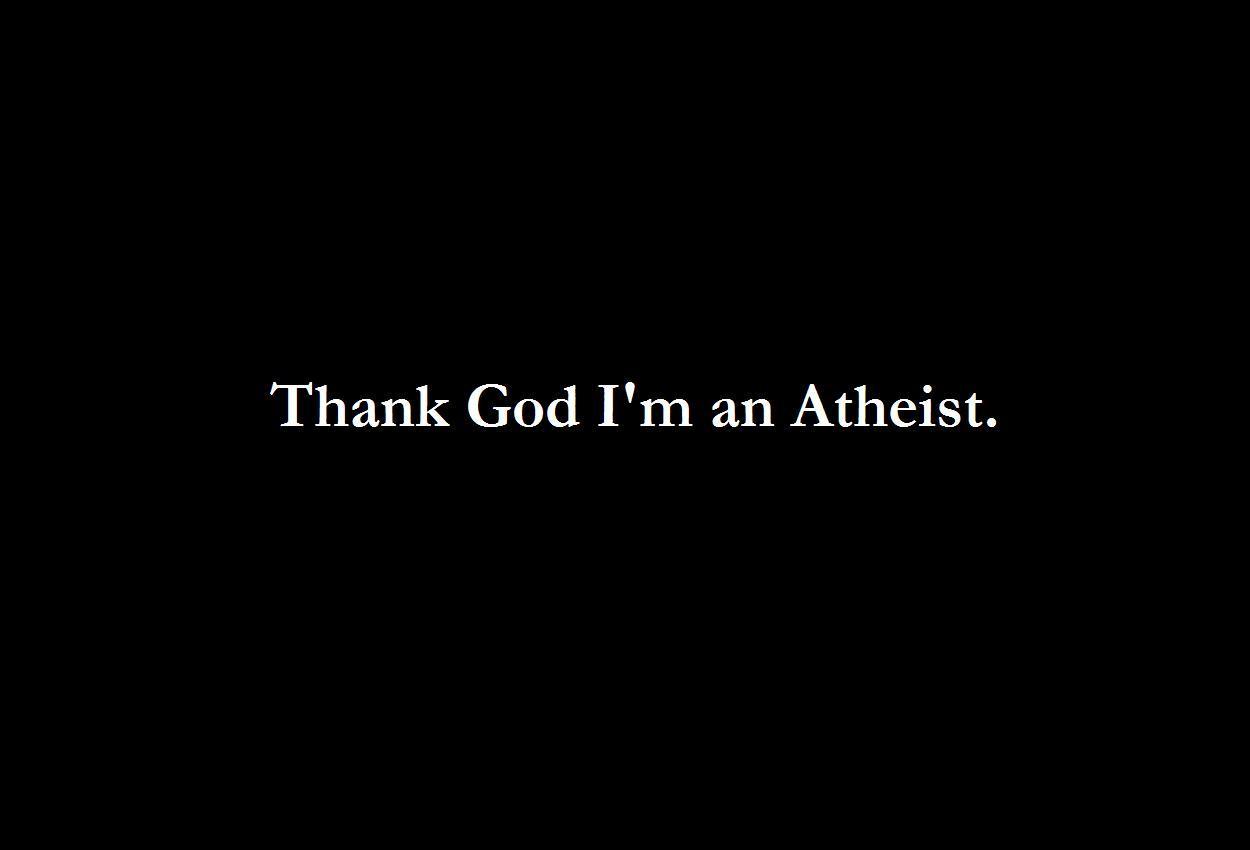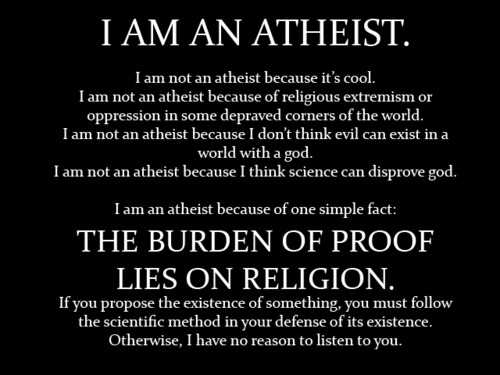Monthly Archives: October 2013
SAYINGS OF A MAD PROFESSOR
SCIENTIST STUDIES BIBLE TWO HOURS A DAY

A very encouraging and compelling testimony to God’s faithfulness:
STOP GROKING MY FOOD YOU SNOLLYGOSTER

Fun top ten (HT: Alan Jacobs):
OUR FOUNDING FATHERS INCLUDED ISLAM

An interesting article on the subject line which marks this post. I have not read the book, but the article never defines the irreducible minimum one has to believe in order to hold to the Islamic faith.
Food for thought on how we ought to define American.
http://www.salon.com/2013/10/05/our_founding_fathers_included_islam/
JUMPING FROM THE HEAVENS!
I will have a short review of Michael’s terrific new book in a few days, but for now enjoy this clip of Felix Baumgartner jumping from 24 miles above the earth! Michael’s book has an important comment about Baumgartner’s historic jump which you can see here:
http://www.youtube.com/watch?v=7f-K-XnHi9I
TALKING TO AN ATHEIST PART 4

Among other things, it seems all of us long for two things. First, we want our own individual lives to matter, and second, we want to be part of something bigger than ourselves. The first, I will call “unique impact” and the second, “community.” Think about work as one example. At work, we don’t want to be the proverbial cog in the wheel. Rather, we want our individual contribution to be seen as unique, and therefore integral to the success of the company. Appreciating individual abilities is why so many companies recognize employees with awards. We all love to be valued for what we uniquely bring to the table. It seems we are designed for “unique impact.”
On the other side of things, we desire to be part of something bigger than ourselves. We long to be part of a group of people who truly love and care for one another. That is community.
If we are hard-wired for “unique impact” and “community,” where might these come from? Understanding the Christian view of God provides a clue. Christians believe in one God, yet three Persons, all of whom are fully God. It is not a pie where each Person of the trinity is 33.333% God. Neither is the trinity a belief in three gods. There is a deep mystery with the trinity to be sure, but think about this. The Bible says each Person in the trinity has unique roles and functions, yet all three Persons of the trinity are in complete harmony with one another. If you are created in the “image of the triune God” as the Bible states, doesn’t it make sense that this is where your desire for “unique impact” and “community” would arise? Search out other religions and philosophies. You will find the trinity is unique.
TALKING TO AN ATHEIST PART 3
TALKING TO AN ATHEIST PART 2

Along with the ring of truth, I told my atheist interlocutor that the Bible does a poor job of marketing itself.
Tough sayings and stories abound in the Bible. You have the apostle Paul despairing of life, great King David who is a murderer, adulterer, and don’t forget, cover-up artist, and Jesus Himself struggling mightily with God’s plan in the Garden of Gethsemane. And then you have all that stuff about picking up your cross, the narrow way, and hating your father and mother.
When skeptics tell me Christians believe because “it is easy,” I know among other things that the skeptic has not seriously read the Bible.
TALKING TO AN ATHEIST

I was speaking with a well-known atheist who was ready for me to use the typical arguments for the existence of God. I steered clear and took another approach. Over the next few days, I will share the things I mentioned.
The first is the “ring of truth” which comes from reading the Bible. For example, you have stories of “delicate women boiling their own children” during a time when food was scarce. You also have a woman cut into twelve pieces as a sign of God’s judgment, not surprisingly during the time of the Judges. And then there is Mary Magdalene who is the first witness of Christ’s resurrection. If you were making up the story you would have powerful religious leaders probably from Jerusalem attesting the miracle of Jesus’s resurrection, but instead you have a formerly demon-possessed woman.



